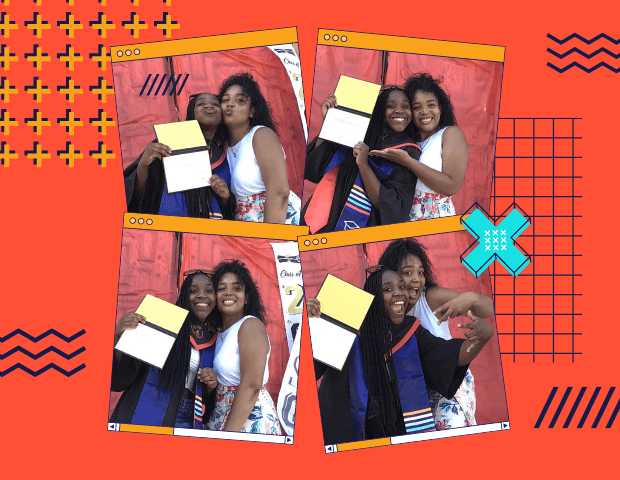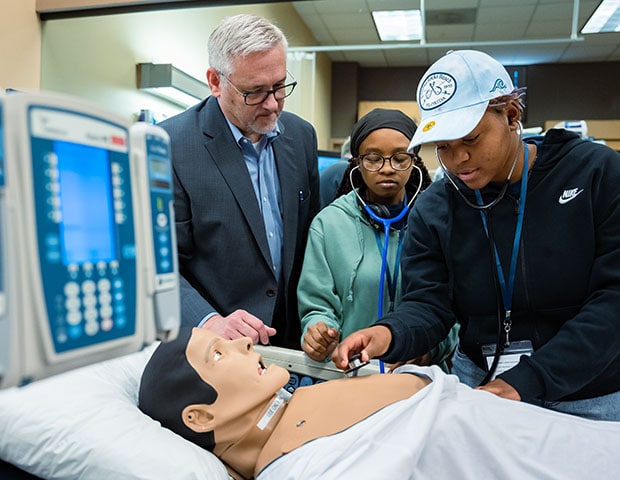College and career readiness is a frequently used metric in schools and in the postsecondary access field. But how is readiness defined? And what steps can schools take to help pave the way?
5 Creative Ideas to Emphasize College and Career Readiness
By Shelby Ward
August 24, 2023
Schools across the country want to emphasize college and career readiness on their campuses. In this blog post we will share some creative ways to get students excited about postsecondary choices!
By the time a student leaves high school, they must be ready to make difficult choices about their future. They need to choose a postsecondary path: a choice that will affect the rest of their lives. By emphasizing college and career readiness on their campus, teachers, principals, and counselors will prepare students for these important choices. OneGoal works alongside partners to close equity gaps and increase postsecondary outcomes for all students. Here are five creative ideas to incorporate college and career readiness in your school.
1. Implementing Career Exploration Programs
From a young age, children are asked the question, “what do you want to be when you grow up?” As those children become teenagers and approach high school graduation, that question becomes much more important. If students are not exposed to different careers during their k-12 education, answering that question becomes much more difficult. By giving students opportunities to explore different careers, schools give students the ability to choose a career that will provide them financial stability and job satisfaction. There are many strategies that schools can utilize to expose students to different careers as they move through high school.
Job Fairs
A job fair is a great way for students to quickly learn about various careers and job opportunities in the community. Typically, various businesses will set up booths that students can visit to ask questions about duties, education requirements, and benefits. A job fair has several benefits. For students early in their high school career, a job fair provides the opportunity to learn about several different careers quickly. By interviewing representatives, students will learn about the different postsecondary career paths available to them.
For students who already have an idea of which career they want to pursue, a job fair provides them with opportunities to ask questions about their chosen career to people who are actively in the field. They can learn which degree they should obtain, gain access to internships, and even arrange job interviews.
Schools could also consider arranging a Career and College Con. For example, OneGoal’s Student Summit in Atlanta provided about 500 students with the opportunity to explore postsecondary paths. Rather than having students roam among booths without aim, schools could arrange panel discussions. This would allow students who are interested in a specific career to listen as representatives from businesses and colleges participate in a question-and-answer style presentation. This would not only allow students to hear from multiple businesses and colleges at once, it would also make information more accessible to students who are not willing to speak one-on-one with a representative at a booth. In addition, schools can implement things such as costume contests, scavenger hunts, and signature sheets to encourage students to actively participate in the event.
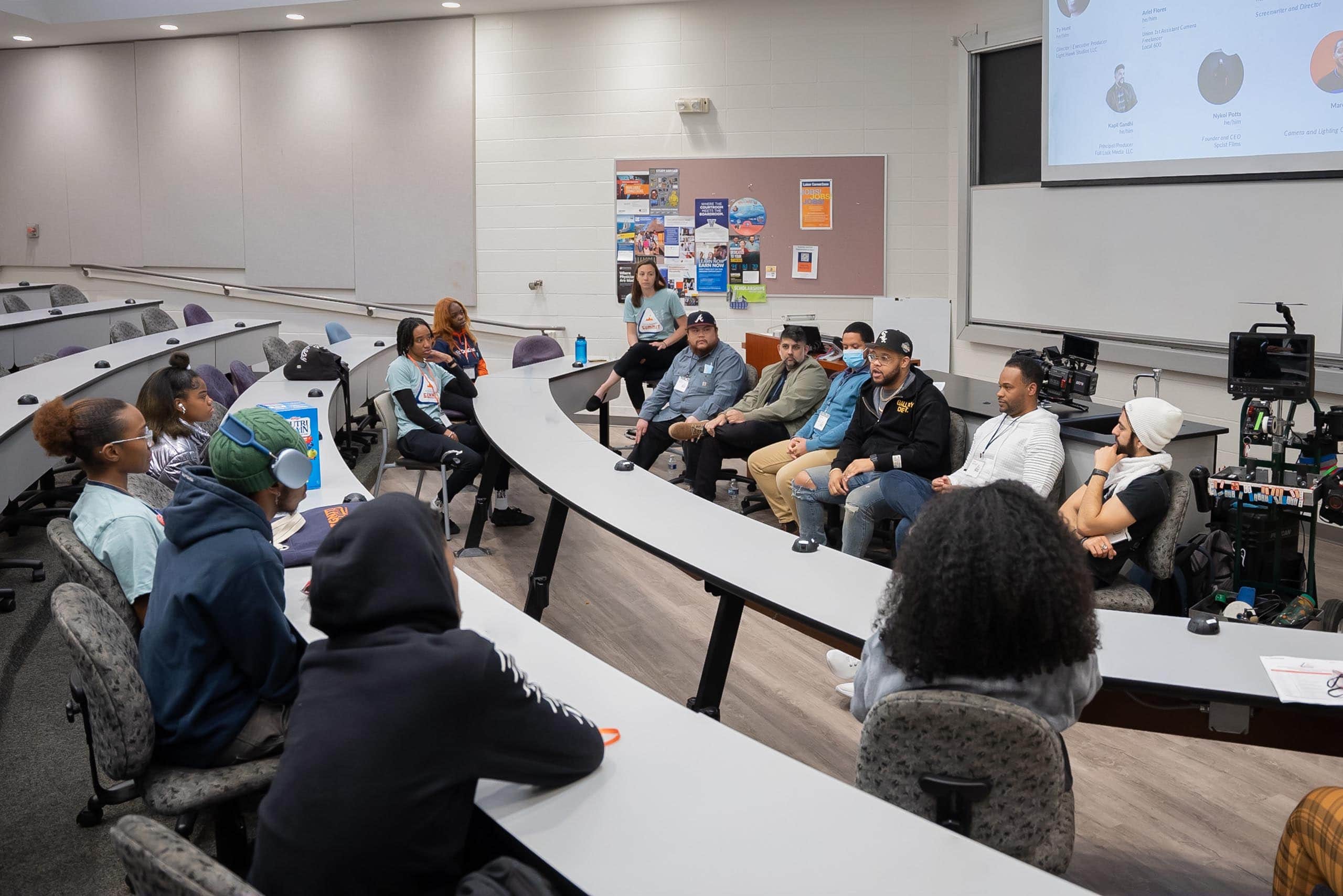
Guest Speaker Series
Another great way for students to explore a variety of careers is by instituting a guest speaker series. Members of the community would be given the opportunity to present about their industry, their company, and any opportunities like internships or job openings available to students.
The school could either have such a presentation at lunch for any interested students or they could work with a teacher to have the presentation during a relevant class. For example, an economics teacher may be willing to devote some class time to a presentation by someone working as a banker. The banker could present about their job while also discussing the role of banks in the economy. The teacher and students will both appreciate the guest presentation as a break from the routine, and the students will have the opportunity to learn about a new career. Other options include a doctor or scientist speaking to a science class, an accountant speaking to a math class, and an author speaking to an English class. This is a great way to cover both content and college and career readiness at the same time.
Tips on Collaborating with Local Businesses and Community
Talk to Staff Members
One of the best resources to connect with local businesses is through the school staff. They will likely have family and friends who work in various fields. Staff can reach out to their connections and ask them to come and present. People are more likely to give their time to someone they know!
Check Online
Some organizations have created programs to help connect community members to schools. Many companies even have created positions just for speaking at schools and other community events. By searching online, schools will be able to connect with businesses that are interested in collaborating with them.
Help Community Organizations Find You
Schools should designate a point of contact that community members can reach out to in order to collaborate with the school. In addition, schools can create a webpage for community members with Frequently Asked Questions and a form to fill out with requests for collaboration. This will attract local businesses who are interested in collaborating with the school for different career exploration programs.
Set Clear Guidelines
Schools should set clear guidelines for community members and share them with teachers and potential presenters. Is the community member required to get a background check? Are they allowed to hand out promotional materials to students? Is there anything else that they should be aware of, such as classroom transitions or content that needs to be covered? Schools should create a document that makes the answers to these questions clear to the presenter.
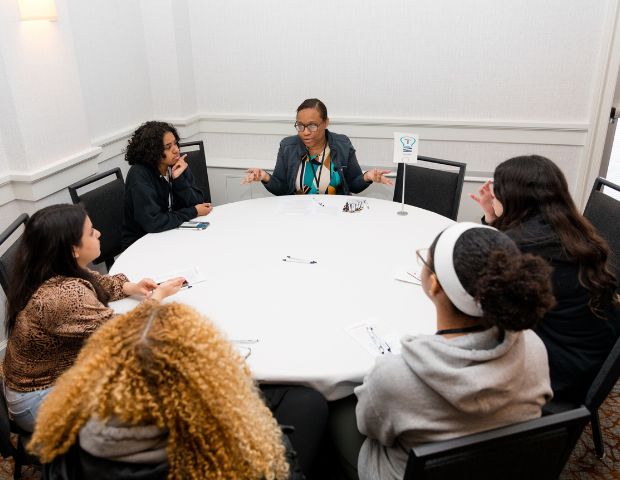
2. Establishing Mentoring and Internship Programs
A mentorship program typically matches industry professionals with students who are interested in a specific profession. Their mentor helps them navigate the process of gaining a job in their chosen career. The mentor can help them with things such as finding jobs, interviewing, and providing a reference.
An internship is a program in which students get a chance to work at a company in their chosen career field. This is often paired with educational opportunities and may include a paycheck as well.
The following programs are examples of opportunities available to students:
Benefits
Both mentorships and internships have benefits for students. In both cases, students get to meet and work directly with people who are employed in a career in which the student is interested. This will give them important contacts that can help with references or referrals for other jobs. Students will also gain valuable experience that will make them more attractive to companies and colleges.
Additionally, companies often hire directly from their internships. This will make it easier for students to find a job in their chosen career field.
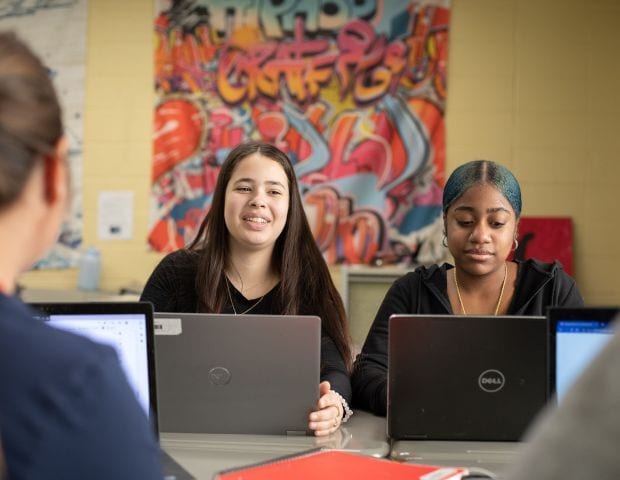
3. Integrating College and Career Readiness into Curriculum
As any teacher or administrator knows, there is a very limited amount of time during the school day and during the school year. It feels as though there is never enough time to cover everything that a student is expected to learn. However, incorporating college and career readiness into the curriculum will not only benefit the student, it also will enable the teacher to cover two things at once. In addition, it will make the lessons more engaging and the students will appreciate the real-world connections.
Project Examples
Social Studies
Students can learn about being a museum docent by creating their own museum exhibit. Students can be given a broad focus, such as a specific unit. From there, they can pick objects and create informational placards that explain the objects. This can be done as pictures on a poster or science fair display, with physical objects in the classroom, or digitally through a slideshow or student-created website. Teachers can either have students complete a “visit” to the museum by setting up the displays around the room or have students present their museums to the class.
The project has the benefit of students reviewing or learning content, and it increases skills that are vital for college and the workforce such as writing, presenting, and technology use.
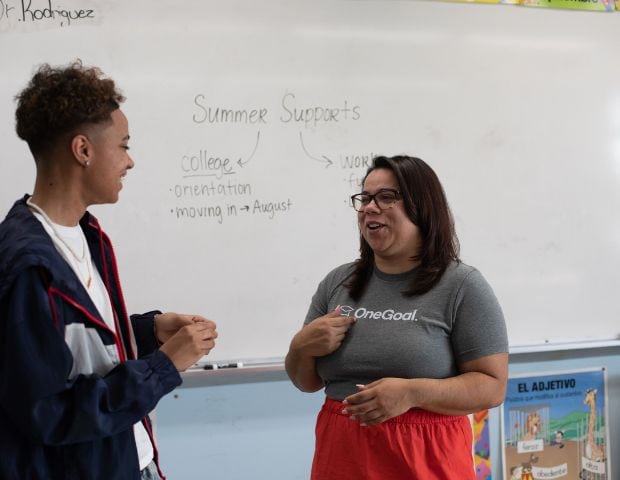
Math
In order to practice personal finance skills, teachers can have students create budgets and do the math by hand. For older grades, students could compare and contrast the terms and conditions of loans or the cost of different postsecondary paths. This prepares students to make good financial decisions for postsecondary life.
Science
Teachers can invite a scientist who is working in a field related to their current unit of study. They can discuss the content with the students while also explaining their career path. This will introduce another career option to students.
English
When working on fictional writing assignments, English teachers can arrange for students to take on the roles involved in publishing. Rather than writing a story on an 8½x11, double-spaced paper, students can write their story as a book. As part of the project, they can learn about the steps involved in publishing a book such as editing, cover design, and marketing. Students can take turns completing these steps for a partner’s draft. The final product would be a book that could be shared with family. In this project, students learn about new careers, writing skills, giving feedback to peers, and teamwork.
College and Career Readiness Curriculum
In addition to incorporating a college and career focus in the core curriculum, education leaders can adopt programs such as OneGoal’s Classroom-Based Model to support students in selecting their postsecondary paths. This three-year model is built into the school day, ensuring that rigorous postsecondary planning, preparation, and support are integral components of the high school experience. The program continues with virtual one-on-one coaching through the first year of a student’s college or other postsecondary path.
4. Creating College and Career Centers
For students, especially first-generation college students, figuring out their postsecondary path is a daunting and difficult task. Many do not know how to fill out the FAFSA or apply for scholarships. They have to navigate choosing a college, choosing a major, and choosing housing. Parents who did not go to college may struggle to assist their kids through a process that is unfamiliar. While the students of today are quite familiar with using search engines, they often do not know what to search. Even when they find the right website, they will find that the application process for colleges usually involves many complicated steps.
In addition, a student may be graduating with no idea of what career they want to pursue or how to pursue the career of their dreams.
Many students turn to their teachers, but not all teachers will have the knowledge or time to devote to all of their students who are trying to apply to different colleges and careers. A college and career center can be a valuable resource for teachers and students as they plan for post-graduation decisions.
Components of a Champion College and Career Center
Specialist
As part of the College and Career Center, a position should be established for a staff member whose job is to research and compile information that students need to be successful after graduation. This specialist would also be available to present information to classes. The specialist should be available for appointments and walk-ins. If a school cannot support a full time position, they could arrange to have the specialist support another campus as well.
Scholarships
A college and career center should have information available to students about available scholarships. Ideally, there should be scholarships for any type of student. There are scholarships available for nearly anything, not just high grades. If possible, the center should have access to a digital database that allows students to search for scholarships based on their personal traits. The specialist should also assist students as needed with completing scholarship applications.
FAFSA
Completing the FAFSA is one of the hardest things for students. It requires complex tax information, official documentation, and decoding confusing offers. It is vital that the college and career center have assistance available to students, parents, and teachers for completing the FAFSA. The specialist can do a large group presentation to begin the process. After that, they need to be available to students and parents with questions. Finally, they should keep a list of seniors who have completed the FAFSA and connect with seniors who have not completed it to determine what barriers are preventing their successful completion.
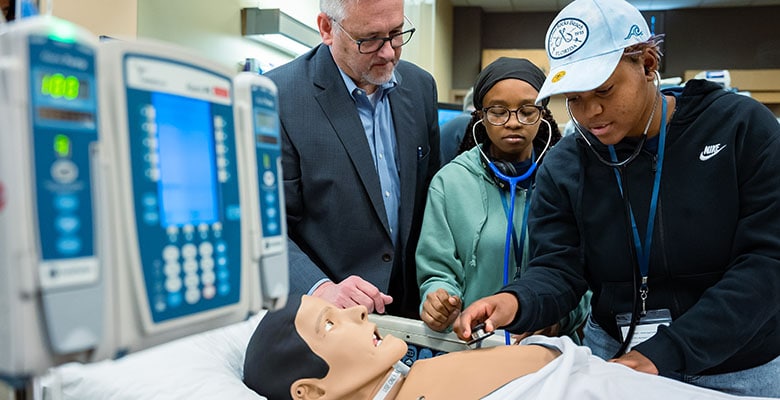
Colleges
A college and career center must have information available about various colleges. This information includes things like the application process, acceptance rate, financial aid available, and lifestyle factors such as religious affiliations, sports, and dorms. Students need to consider all of these things when picking a college. The specialist should be able to advise students about different colleges upon request.
Careers
A college and career readiness center needs to have resources available to help students determine a career as well as how to gain employment in that career. They can make aptitude tests available and find answers to questions students may have about a chosen career, such as salary, job satisfaction, and education requirements. The specialist should work to bring in guest speakers as well as arrange for internships and mentorships. In addition, the specialist can be a point of contact for community organizations that wish to present at the school.
5. Engaging Parents and Guardians
Parents and guardians are a vital resource for students. When they leave high school, many students lose contact with their friends and teachers. However, most of the time, parents and guardians remain a consistent source of advice and support. In addition, students need their parents and guardians to complete forms such as the FAFSA as well as other applications. A parent or guardian is usually the person with access to necessary documents such as tax forms, social security cards, and birth certificates. By communicating with parents and guardians, the school can ensure that parents are aware of what information they need to provide students in order for them to be successful.
Schools should communicate with parents early in the year about why college and career readiness is important. Offer them suggestions on how to emphasize it in their own homes, such as asking their kids about their postsecondary plans, talking about their own jobs, and having honest conversations about family contributions for postsecondary education. Schools should send a special communication to parents in order to prepare them for completing the FAFSA with information about required documents and the overall process. If students will be completing the FAFSA in class, schools should notify parents and guardians that they should send the information with their students. An afterschool workshop for parents and guardians should be scheduled to provide immediate support.
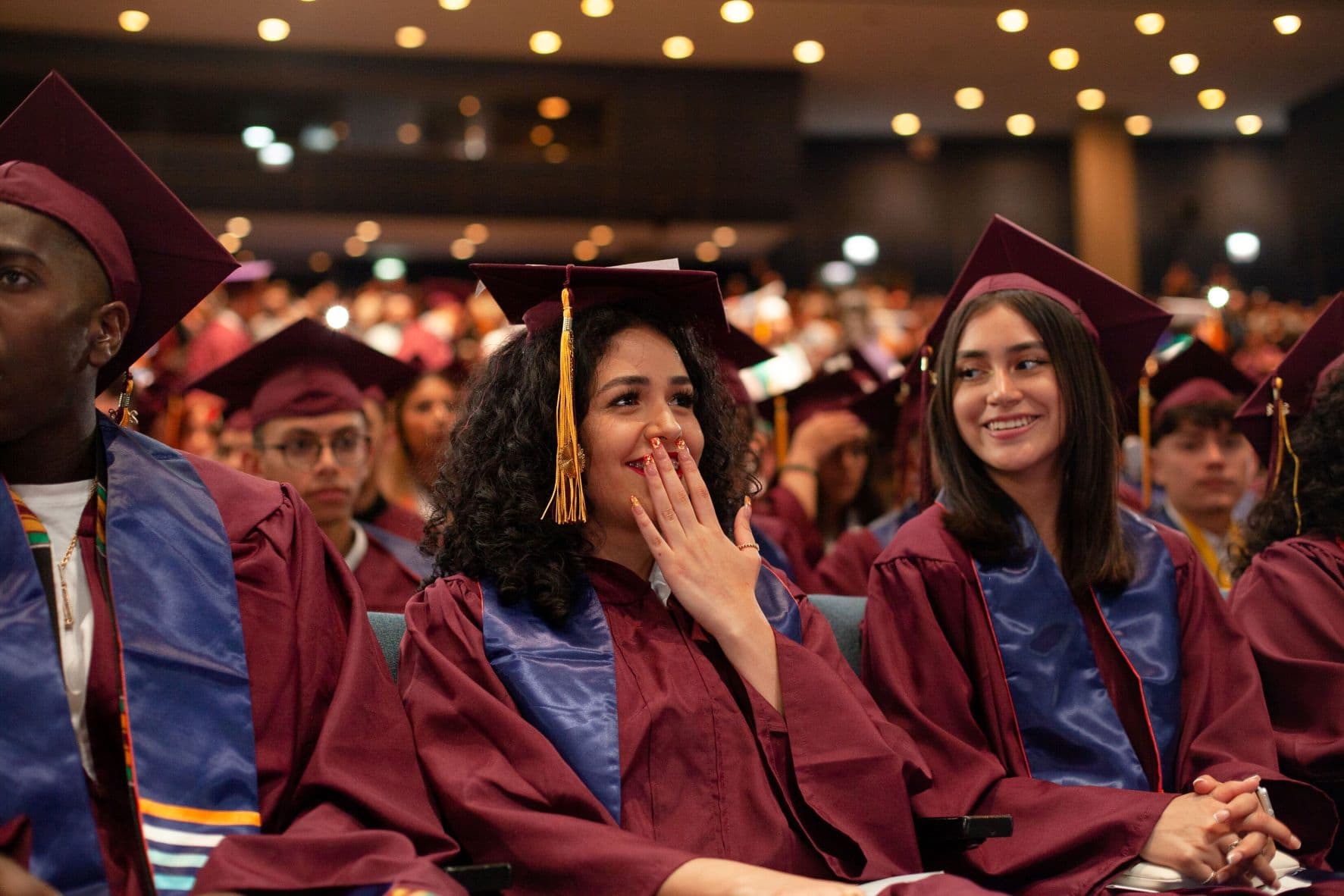
Nurturing Postsecondary Pathways for Success
Engaging parents and guardians, creating college and career centers, integrating college and career readiness into curriculum, establishing mentoring and internship programs, and implementing career exploration programs are methods for emphasizing college and career readiness on campus. Superintendents, principals, and teachers should implement these programs to improve student readiness when they graduate. This will help improve school ratings in some states, but more importantly, students will be ready for their postsecondary paths. A major goal for schools must be making their students ready for college and career after high school.
Shelby Ward was born and raised in Spokane, Washington. She received her BA in history teaching from Brigham Young University in Provo, Utah, where she had the opportunity to move to Houston for a three-month internship. Despite experiencing her first hurricane 10 days after moving in, Shelby never left and is now a OneGoal Program Director in Houston.

Related Stories
How building relationships is a key part of closing the degree divide between students from low- and high-income communities.
Non-degree education opportunities after high school through progressive pathways could lead to promising careers or provide a stepping stone to a degree pathway.




